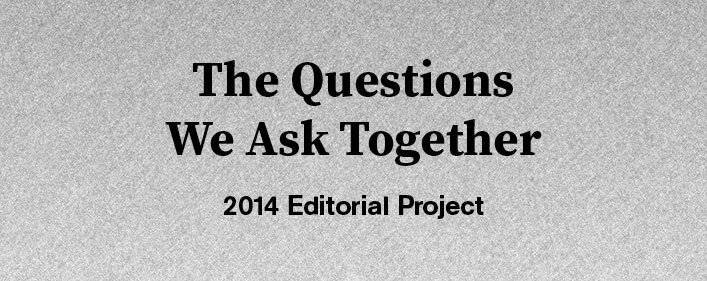Is change the goal? What happens when change doesn’t happen?
First it must be said that change is not a goal but a condition. In the realm of politics, periodic upheaval has been a baseline reality since the French Revolution. In our present day political economy of extreme disequilibrium, an unsettled, lurching situation that has stripped whole societies of stabilities, there is nothing but change. For the anthropocenic age we are now in––to be defined by continuous unstoppable, previously unseen transformations––we can thank the Industrial Revolution and all the hydrocarbons consumed, rivers dammed, and atoms smashed since. When all is in motion, there is no unchanging state. This truth is abstractly confirmed even in the above question: what happens when change doesn’t happen? In other words, something always happens, something always changes, no change is also change.
Then second, if the question is interpreted as concerning political goals and what happens when they are not achieved, then the answer will have to do with tactics particular to specific situations. But to begin with, the strategy ought not be poorly reasoned. For example, take an artist who intends to make a positive environmental impact through art projects. But the same impact may be achieved on a more measurably meaningful level through an avenue not related to art––say, by enforcing policy rules or passing new regulations. If the artist opts for the less effective avenue under a loyalty to art, then the goal is compromised from the beginning.
But being makers, and all media being available and legitimate, there is no reason that artists who, for example, lobby for stricter environmental standards, cannot somehow frame that activity as or in a work of art, that is, produce a representation of the activity. Surely there is an aesthetics of lobbying to be made visible. But the representation is not the thing itself, and therefore the political goal, and whether it is achieved or not, ought not be the measure by which the art work is judged––unless the artist makes claims about the capacity of a representation to deliver a concrete political outcome. In which case the work will deserve the criticism it will undoubtedly attract.
Where the first and second lines of thinking intersect is in the management of change, in the question of what values are to guide that management. Wallerstein describes the familiar ideologies of liberalism, conservatism, and radicalism as the three historical competing value systems in the struggle to manage sociopolitical change. He and perhaps others predict a fraying of the three-way contest under the stresses of intensive, unprecedented change on the global/everywhere level, what we might call the anthropocenic acceleration. Whether one still buys into the older ideologies or works toward opening the way for new value systems, symbols are essential in the war of ideas and affects, apart from an outcome of a given political contest. In this sphere, art is essential.
About the contributor: Dan S. Wang is a writer, artist, organizer, and printer who was born in the American Midwest in 1968 to immigrant parents. Dan’s constant concerns are the relationships between art + politics, critical reflection + social action, place + history. As a print media artist he primarily uses letterpress printing and hand set typography but avails himself of other media as words and letterforms hit their limits. www.prop-press.net
